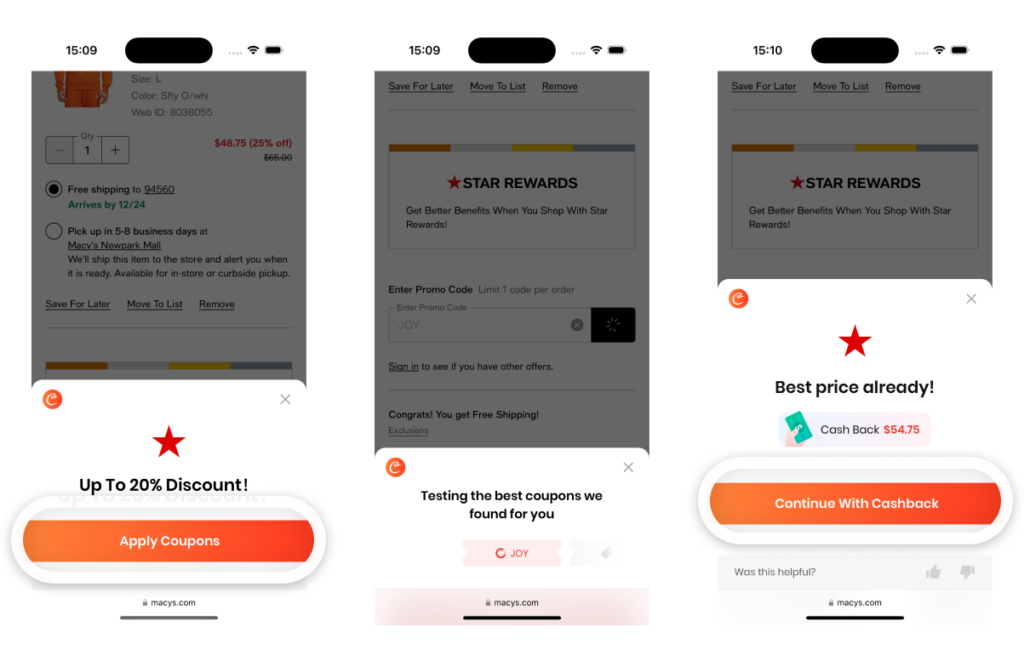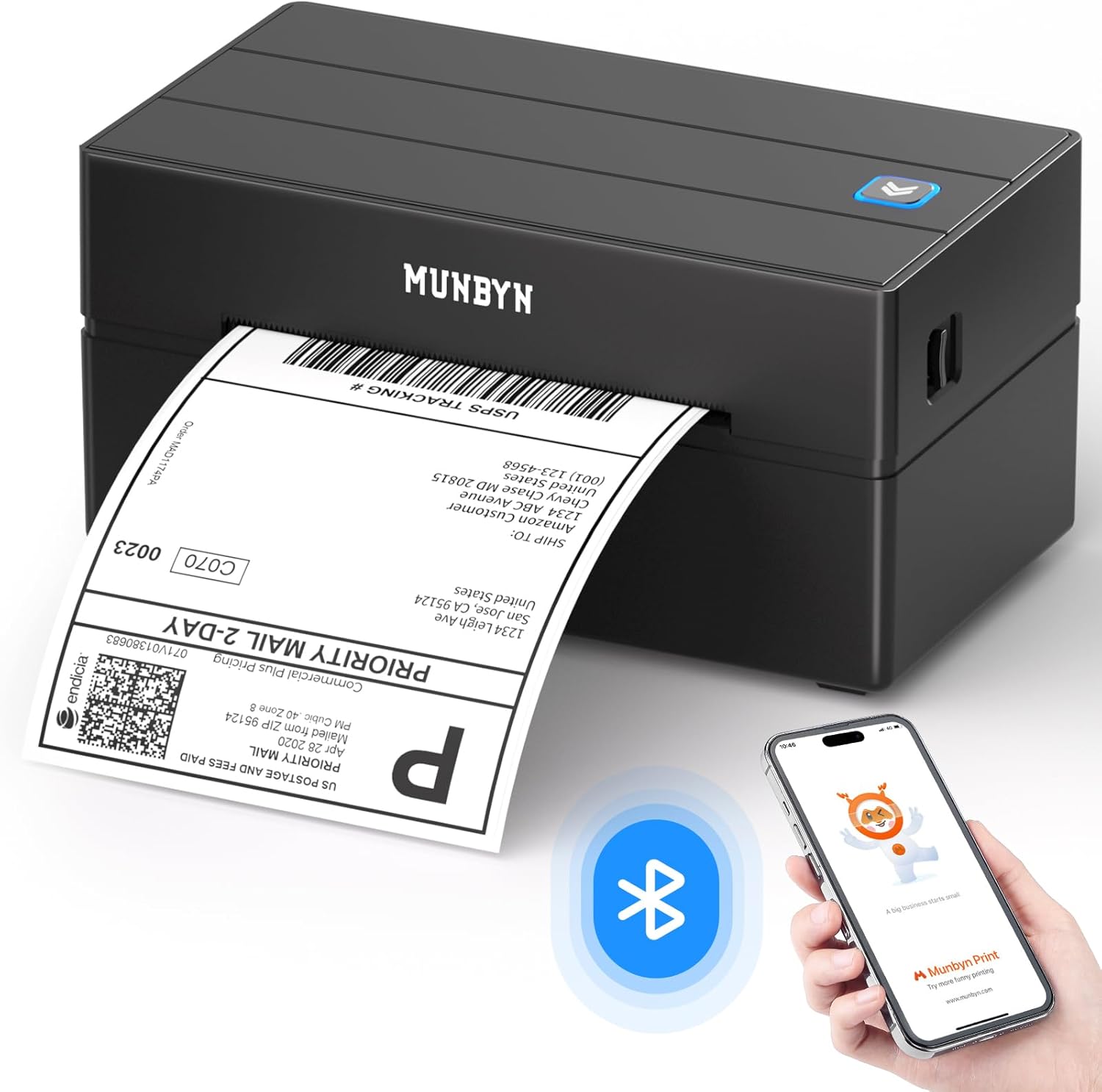Gift Cards and Discount Codes
Welcome back to the Mastering Online Arbitrage series. This week’s blog isn’t focused on a direct sourcing method, but instead on one of the most important tools you should be stacking on top of your sourcing methods – gift card, coupon codes, and discount links!
Gift cards and discount codes are important and should not be overlooked. By consistently applying these codes whenever you make a purchase, you can align your cost of goods with those of your competitors or even lower it. This can lead to higher profits and give you a competitive advantage in the market!
Let’s get into it.

What Are Voucher and Discount Codes?
Voucher/Discount codes are promo codes, coupons, or deals that you can apply at checkout, through a special link or automatically applies to reduce the price of a product. Simple in theory, but massively effective when used correctly and creatively.
These aren’t just nice to have, they’re essential. Whether it’s 10% off, free shipping, or stacking discounts, these codes can turn a breakeven product into a profitable one.
Types of Voucher and Discount Codes
There are several types of voucher/discount codes, and they work in a few different ways:
- Standard promo codes: These are entered at checkout manually or by using a software extension to scan the codes (we will come onto this shortly).
- Newsletter codes: Signing up for a store’s newsletter or website subscription often gives you 10% off your first order.
- Auto-applied deals: Sometimes clicking through a specific link will apply a discount without entering a code.
- Flash sales: Sites occasionally run limited-time offers that are automatically applied; these codes can also be displayed on the website header.
- First order codes: These can be triggered when you create a new account or place your first order.
- Cashback: Certain sites offer cashback through external cashback providers, while these should not be included in your cost of goods, it is still a nice extra incentive. The most popular and reliable cashback provider is TopCashback.

My Process
- Firstly, if I’ve signed up for the website newsletter, I’ll check my inbox for any current offers.
- Next, I will check the site itself, especially the top banner and the footer, for available codes or promos.
- Using a voucher extension, I will then test the codes by adding around £100 worth of products to my basket and trialing the codes, seeing if I can stack any codes together and finding the best code.
What Voucher Codes Can You Use?
Tons of free tools and sites help you find working discounts:
Discount programs & categories:
- Student discounts: Student Beans, UNiDAYS
- Social sector discounts: Blue Light Card, Perks at Work, Health Service Discounts
Voucher code software:
- Coupert
- Honey
- VoucherCodes
- Coupon Birds
Gift Card Cashback Sites/Apps:
Instant cashback apps where you purchase site gift cards. You could factor this into your cost of goods, but it’s better to treat it as bonus profit for clean tracking.
- TopCashback – £10 free when using this link
- EverUp – Free rewards when using this link
- JamDoughnut – Get £3 free when using this link
- Cheddar
Everup & JamDoughnut provide invoices for the gift cards, which you can use for accountancy purposes.

Hacks and Tips
- Stack discounts: Combine newsletter links + basket codes + clearance items to massively reduce cost of goods.
- Use over £100 baskets: Some codes only trigger on baskets worth £100 or more, so always build a bigger basket when testing discounts.
- Be competitive: Many sellers use codes without even thinking about it. If you’re not using them, you’re paying more than your competition.
- Don’t just rely on one code: Run your codes through several tools, Honey might miss what Coupert finds.
- Re-check deals regularly: Voucher codes come and go fast. What doesn’t work today might be active next week.

Final Thoughts
Voucher codes aren’t a bonus—they’re a necessity. They can turn a mediocre deal into a profitable one, and often make the difference when competing on tight margins.
While this isn’t a sourcing method on its own, it’s an essential add-on that should always be used with newsletter sourcing, manual sourcing, storefront stalking, and every other strategy in this series.
We’ll be back next week with the next part of the Mastering Online Arbitrage blog series.
You can find other articles in this series here:
Mastering Online Arbitrage – Part 1
Mastering Online Arbitrage – Part 2
Mastering Online Arbitrage – Part 3




